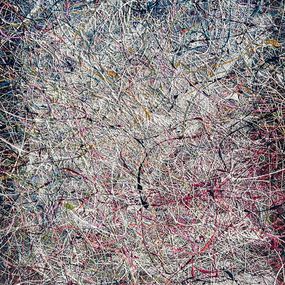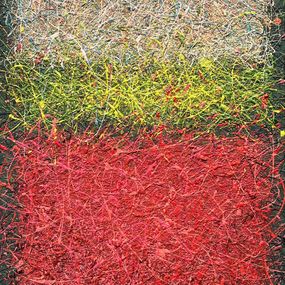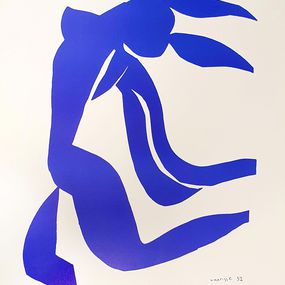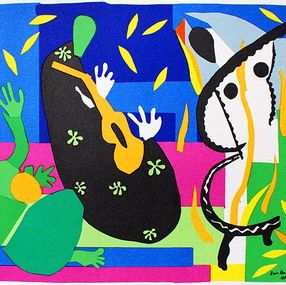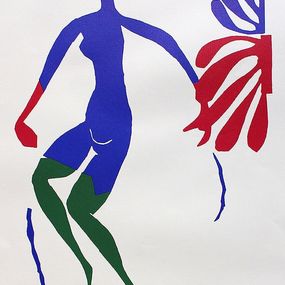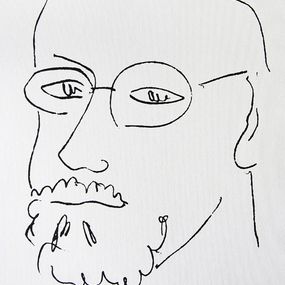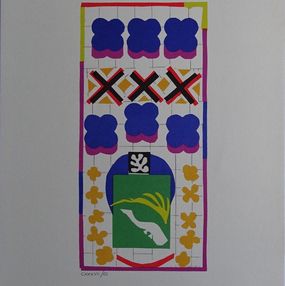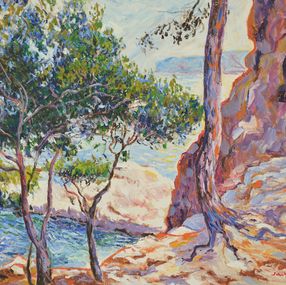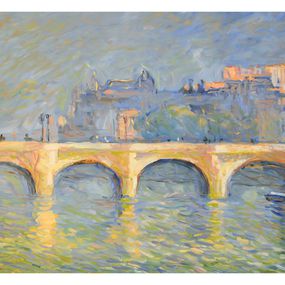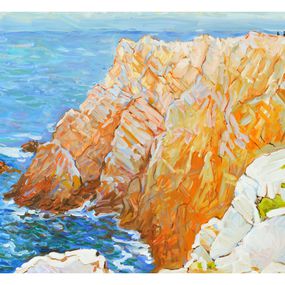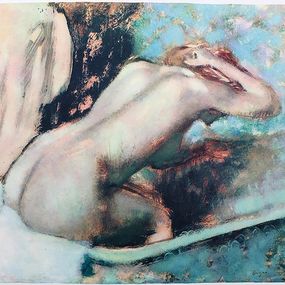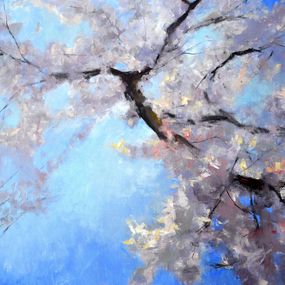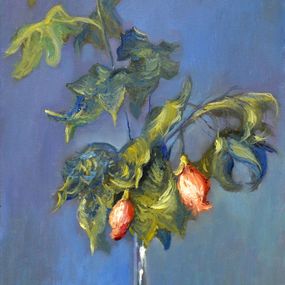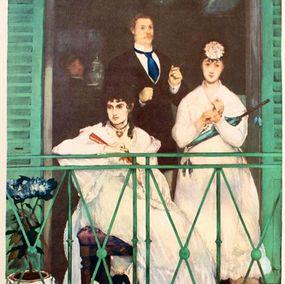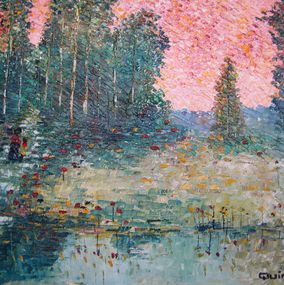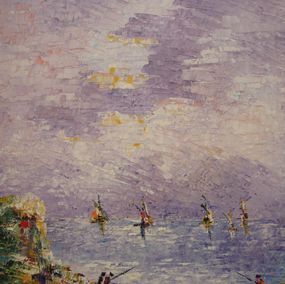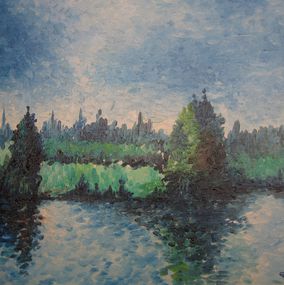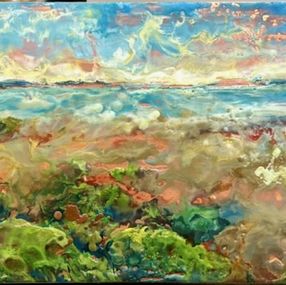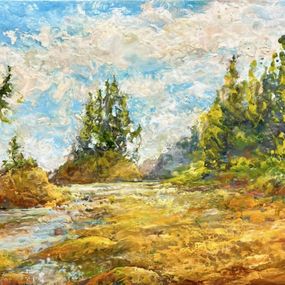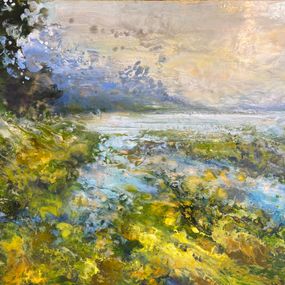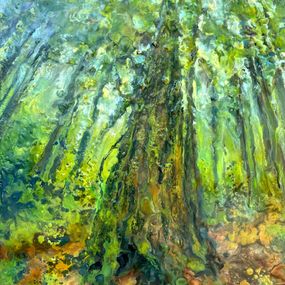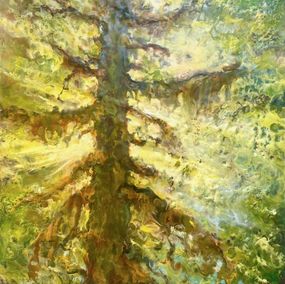
Impressionism
Impressionism developed in France in the nineteenth century and is based on the spontaneous practice of painting out of doors in real time, rather than in a studio from sketches.Though the process of painting on the spot can be said to have been pioneered in Britain by John Constable around 1813–17 through his desire to paint nature in a realistic way, the Impressionist movement resides within the practice of Claude Monet and other Paris-based artists from the early 1860s.
Instead of painting in a studio, the Impressionists found that they could capture the momentary and transient effects of sunlight by working quickly, in front of their subjects, in the open air “en plein air" rather than in a studio. This resulted in a greater awareness of light and color and the shifting weather of the evolving natural scene. Main impressionist subjects were landscapes and scenes of everyday life. Brushwork became rapid and broken into separate strokes in order to render the fleeting quality of light. In this method, the passing of time could be captured in a single moment of a landscape in fluctuation. The Impressionists also adopted a limited color palette that, for many, did not include the tone black.
Considered as radicals of their time, early Impressionists were seen to violate the rules of academic painting. Faced with harsh opposition from the conventional art community in France, the Impressionists were refused after multiple attempts to show their work by the traditional “Salon" art exhibition in Paris. The first group exhibition, nicknamed the “Salon des refusé", was in Paris in 1874 and included work by Monet, Auguste Renoir, Edgar Degas and Paul Cezanne. The work shown was greeted with derision with Monet's “Impression, soleil levant" particularly singled out for ridicule and giving its name (used by critics as an insult) to the movement. With time and acceptance, further exhibitions (7 exhibitions held at intervals until 1886) brought the Impressionists to prominence during the 1870s and 1880s. Other core artists of Impressionism were Camille Pissarro and Berthe Morisot with Edgar Degas and Edouard Manet also often associated with the movement.
The public, at first hostile, gradually came to believe that the Impressionists had captured a fresh and original vision that has grown into one of the most loved styles of Western painting in the last few centuries. By recreating the sensation in the eye that views the subject, rather than delineating the details of the subject, and by creating a welter of techniques and forms, Impressionism is a precursor of various painting styles, including Neo-Impressionism, Post-Impressionism, Fauvism, and Cubism.





